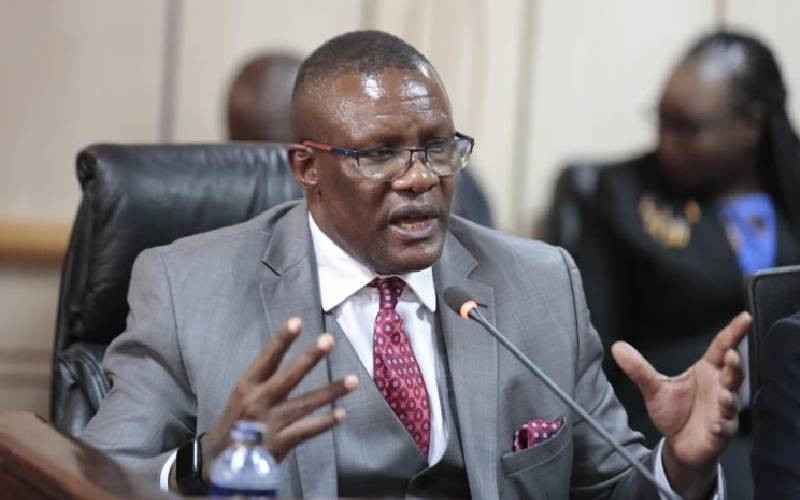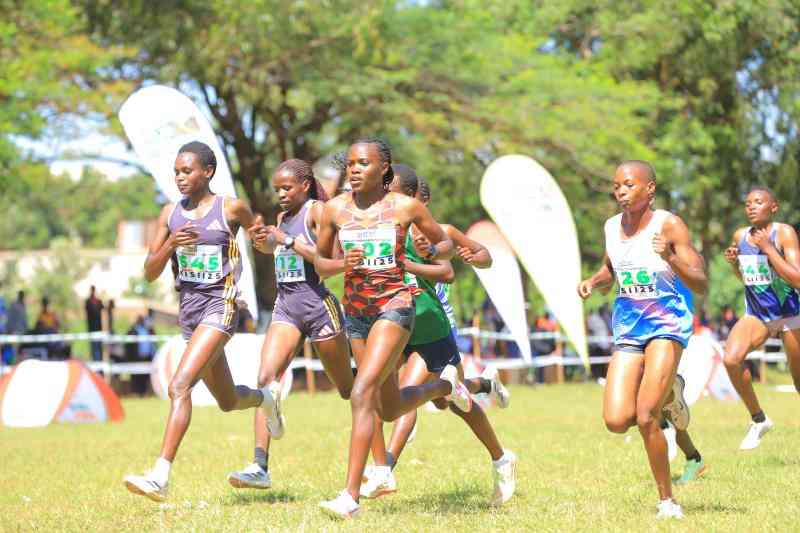President Daniel Toroitich arap Moi’s administration established the bedrock upon which Kenya’s higher education was built.
Driven by a passion that was moulded through his early life experiences as a teacher, Moi embraced education with a near-compulsive obsession. Besides peace, education was the other indelible mark in Moi’s rich legacy. When he came to power in 1978, he found a higher education sector saddled by a colonial hangover and muffled by a retrogressive school of thought. The University of Nairobi, Kenya’s only university then, was reeling under debt. Moi rolled out a four-year development plan with a vision for increased enrolment and high transition rates from primary through to secondary and tertiary levels.
The efforts bore commission after commission, crafting policies, fine-tuning earlier ones, measuring results. He was unimpressed by the state of the academy and its slow impact on Kenya’s social-economic growth pattern. In 1981, he formed a Presidential Working Party to look into the possibilities of setting up the country’s second public university.
The working group’s report was known as “The Mackay Report”, named after Canadian scholar Dr Colin B Mackay, its head. At that time, about 7,000 Kenyans were studying in universities abroad. The report saw the establishment of Moi University in Eldoret as Kenya’s second public university.
Its other outcome was the 8-4-4 system of education. Moi University mopped up 8,000 students within its first two years. Still, the demand for university education grew. Moi assented to the appropriate legislation, in this case, the Universities Act, which facilitated growth. Thereafter, Kenyatta University became an independent university, while Egerton became a constituent college of the University of Nairobi. It was also during Moi’s reign that the Commission for Higher Education (CHE) came to be. By the turn of the decade, the number of students seeking university places had swelled.
Moi ordered the doubling of the number of students admitted to public universities through the Joint Admissions Board. At the stroke of his presidential pen, he created places for 3,772 extra students. It was a good move, though it exposed the challenge of constrained learning infrastructure at public universities. How would the challenge be surmounted? By opening up the higher education space for private universities. The Universities Act (Cap 210B, 1985) envisioned this. It spelt out a pathway for the establishment of private universities, and the granting of charters. It was also Moi’s administration that ushered in self-sponsored university programmes, as one of the recommendations in the 1988 Kamunge Report.
During his reign, Moi was the chancellor of all public universities, a role he relished. Those who donned their graduation gowns in the 1980s/1990s can attest to this. I fondly remembered my own graduation (1990) when we hosted President Moi at Mount Kenya University in 2009. This was our inaugural graduation ceremony and Moi had agreed to grace the occasion as chief guest.
In celebration of his inimitable efforts at championing the cause of higher education in Kenya, we awarded him the Mount Kenya University ‘Honoris Causa’ (Honorary Doctor of Education degree). Besides enabling other institutions to grow, Moi was the man behind Kabarak University, one of the first private universities in Kenya to be chartered. During his visit to our main campus in Thika, he relayed a story that exposed his self-deprecating humour, and the fact that the Kabarak Charter had been rightfully earned.
Charter status
“When the commissioners from CHE came for inspection, they asked us whether we had a sewer system at the university. We showed it to them. But then they came back and posed, ‘how sure are you that this system isn’t polluting your neighbour’s land?’” It is a story that surmises the uphill struggle local universities have had to endure in pursuit of the coveted charter status.
In September 2012, we reciprocated Moi’s Thika visit by hosting a birthday party for him at his Kabarak home in Nakuru. Even in old age, he had a keen eye for detail. He picked out a student dancing troupe from MKU Rwanda and announced to the audience packed inside the hall that it was a symbol of harmony and East African Community integration.
From one university in 1978 to about 65 currently, and student numbers rising from 7,000 to over 100,000, Moi’s contribution to the growth lingers like an immortal torch. His name will continue to shine along the hallowed corridors of the academia, as a man who found a need for growth and satiated it. Rest in peace Mzee Moi.
Prof Gicharu is the Founder and Chairman, Mount Kenya University.
 The Standard Group Plc is a
multi-media organization with investments in media platforms spanning newspaper
print operations, television, radio broadcasting, digital and online services. The
Standard Group is recognized as a leading multi-media house in Kenya with a key
influence in matters of national and international interest.
The Standard Group Plc is a
multi-media organization with investments in media platforms spanning newspaper
print operations, television, radio broadcasting, digital and online services. The
Standard Group is recognized as a leading multi-media house in Kenya with a key
influence in matters of national and international interest.
 The Standard Group Plc is a
multi-media organization with investments in media platforms spanning newspaper
print operations, television, radio broadcasting, digital and online services. The
Standard Group is recognized as a leading multi-media house in Kenya with a key
influence in matters of national and international interest.
The Standard Group Plc is a
multi-media organization with investments in media platforms spanning newspaper
print operations, television, radio broadcasting, digital and online services. The
Standard Group is recognized as a leading multi-media house in Kenya with a key
influence in matters of national and international interest.









